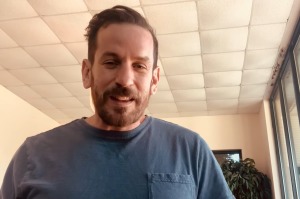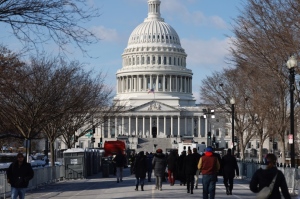Cleveland Volcano Eruption Not Dangerous for Commercial Flights, Say Scientists
Air traffic traversing the northern pacific may be affected by the recent explosion of Alaska's Mount Cleveland, which sent a huge ash plume thousands of feet into the atmosphere.
Mount Cleveland, which is also known as the Cleveland Volcano, erupted three separate times Saturday, sending a plume of super-heated ash, gas and steam 15,000 feet into the atmosphere.
The eruptions were relatively small and have yet to pose any problems to commercial flights, which typically cruise at an altitude north of 30,000 feet. As a precaution, however, federal aviation officials decided to re-route some flights.
What makes this situation unique is that there is no seismic monitoring equipment at the summit of the 5,676-foot high volcano. This presents some challenges for scientists who wish to monitor the volcano's activity, given that they must rely on satellite images to record and chart activity.
The Cleveland volcano is located on Chuginadak Island in the Aleutian chain, an uninhabited island that is 940 miles southwest of Anchorage. It lies beneath a major air route between the United States and Asia.
The nearest settlement, on an island about 45 miles away, is Nikolski, with a population of just 18. Alaska has more than 40 active volcanoes, which represent nearly 80 percent of all active volcanoes in the United States.
Mount Cleveland first erupted in the summer of 2010 and has since erupted around 25 times.
According to geophysicists, Saturday's series of eruption were "a new turn of events," considering the observatory had not yet seen a phase with multiple explosions. The Cleveland volcano has been in a cycle of increased activity since 2011, but scientists do not know whether this eruption will lead to more eruptions.
"We haven't seen a phase like this where we've had multiple explosions," Rick Wessels, a geophysicist at the U.S. Geological Survey's Alaska Volcano Observatory, told Reuters.





























